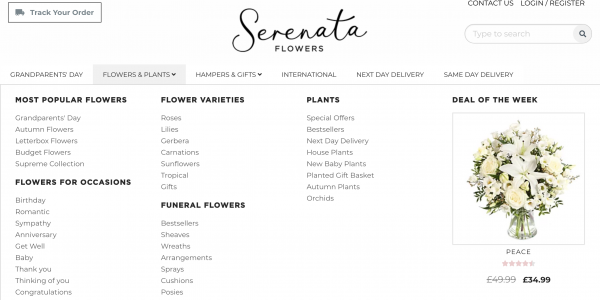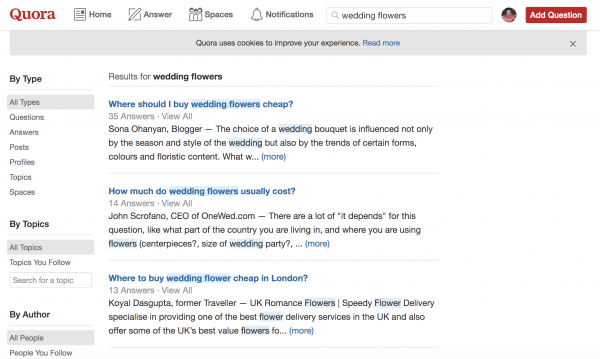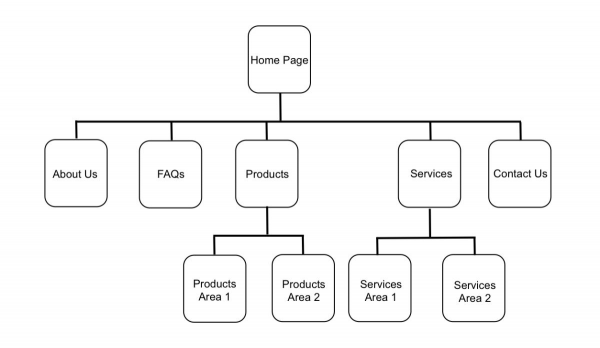Your website structure describes the way in which your web pages are connected. It might be a messy structure with a jumble of pages and no distinct flow, or it might be a rigorously designed structure that’s streamlined to within an inch of its life.
When designing a new website, it's best to take time to thoroughly consider how your website will be structured. This makes it easier to group content and pages together, get a clear idea of how your website will be organised, and help visitors to find relevant information quickly.
A streamlined website structure can dramatically improve user experience, boost your search rankings, and create a super slick funnel that generates more conversions. What's not to like?
Keyword research and mapping
As with most website-related activities, the first hurdle is keyword research.
Knowing what keywords your website should focus on will help you develop relevant and high-converting landing pages, inspire content ideas, and help you add all the information your users need.
If your website is already up and running, start by putting together a list of all the pages on your website and prioritise them in order of relevance or importance.
If your website is brand new, you’ll need to do things a little differently. You’ll have to find, analyse, and group keywords to determine which ones are most relevant for your site.
Before you do this, though, you can glean inspiration from your competition.

An example of a navigation structure and the sub pages that go with them
Start by identifying other businesses and websites in your niche and look at how they’ve organised the information on their site: how many pages do they have? What pages do they have? Which pages lead to where?
Collect and filter keywords
To assemble your army of keywords, start by brainstorming all relevant phrases and search terms for your business.
Think about what products you’re selling and what your business is all about. Consider the words that would be used to describe your business and the common questions people ask about it.
You can then run your collection of keywords through a range of keyword research tools (our favourites are Ahrefs & Google Keyword Planner) and Q&A websites (like Quora and Reddit) to beef up your list of phrases and determine what people are actually searching for in relation to your products and services.

Q&A sites like Quora can help you with keyword and content ideas
At this point, you’ll have a massive list of keywords that you’ve plucked from multiple different places. Now it’s time to pare them down and filter out the ones that aren’t relevant to your business.
You’ll be left with a list of hyper-relevant keywords that can be used to form the basic structure of your website.
Create a web page hierarchy
You can then begin to categorise and prioritise pages to build up a hierarchy.
These pages will form the main sections as well as the subsections, where the main sections reflect the high-volume keywords from your list and the subsections reflect the low-volume ones.
It helps at this point to sketch out a diagram that displays your main pages at the top and then filters down into your subsections and the pages that fall under those.

Example of a simple website structure
The key here is to keep things as simple as possible, as this will make it much easier when you start putting together your navigation and URL structure.
Your streamlined structure is ready for action
Once you’ve mapped out your structure, it’s a case of creating content for the pages you’ve listed and linking them all together to create a cohesive site that’s user-friendly.
This will not only indicate to Google what your website is about and boost your search rankings for your designated keywords, but it will nurture an enjoyable visitor experience that will keep people coming back for more.

